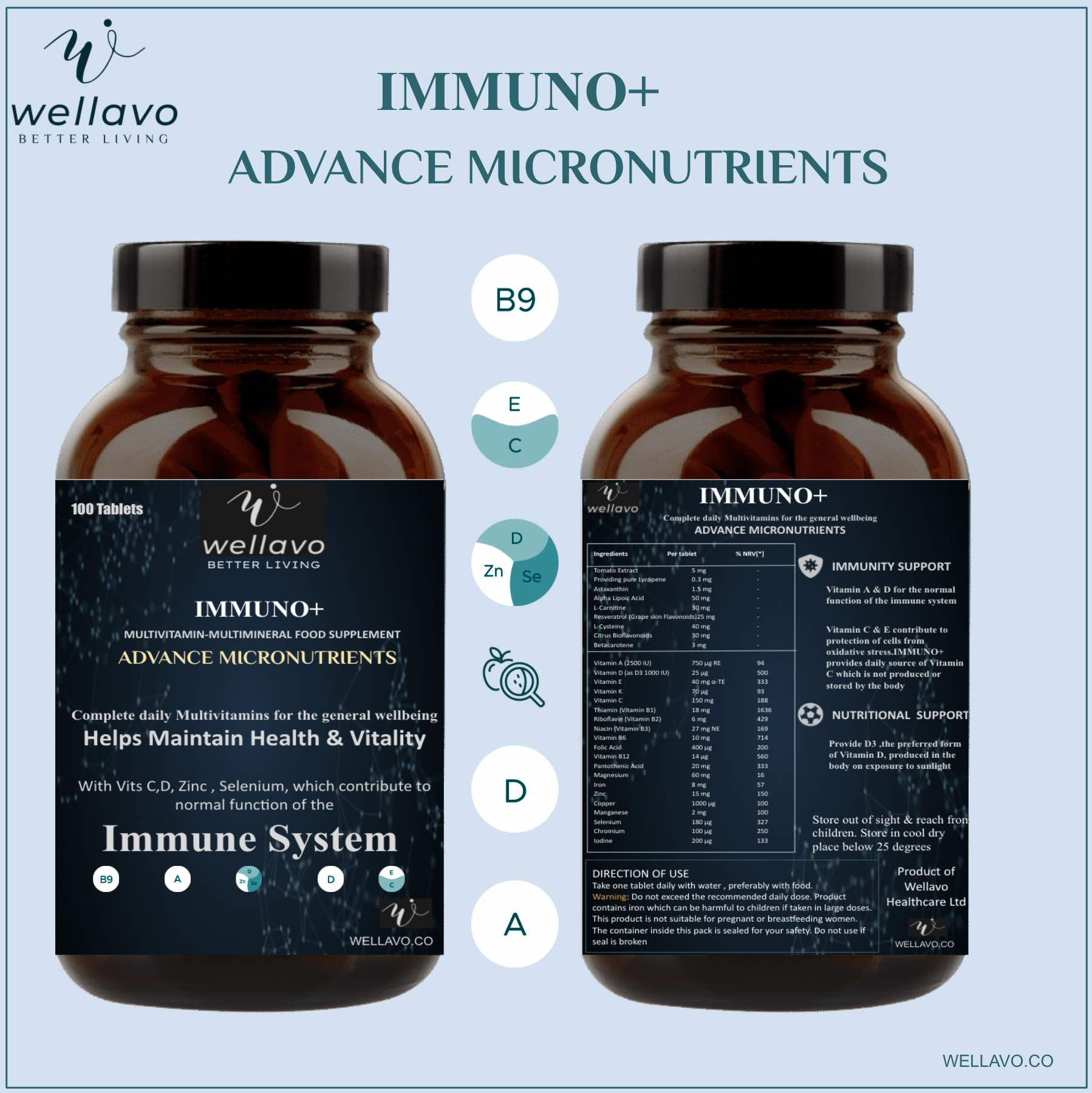We include products we think are useful for our readers. If you buy through links on this page, we may earn a small commission Here’s our process.
Our team thoroughly researches and evaluates the recommendations we make on our site. To establish that the product manufacturers addressed safety and efficacy standards, we:
- Evaluate ingredients and composition: Do they have the potential to cause harm?
- Fact-check all health claims: Do they align with the current body of scientific evidence?
- Assess the brand: Does it operate with integrity and adhere to industry best practices?
We do the research so you can find trusted products for your health and wellness.
Hair oiling is the practice of pouring oil onto hair and massaging it into the scalp to increase moisture, luster, and shine. Hair oiling may soften the hair and provide vitamins and minerals that get stripped from frequent washing.
This practice has been used in India for centuries and is recommended in Ayurvedic medicine.
Hair oiling has spread beyond Ayurvedic practices, and many use it to maintain the health and vibrancy of their hair. It may even reduce hair loss, according to some experts.
There are also specific techniques to hair oiling, as well as different oil types you can use to get particular benefits.
Growing up in India, most of my Sunday evenings as a schoolgirl were spent putting oil in my hair. My mother would bring out the blue bottle of Parachute coconut hair oil, a fixture in most Indian homes. She would then proceed to give head massages to each of my sisters and me, one by one.
It was a sweet, attentive way to show her care for us.
When I moved out of my parents’ home to go to college, this became a weekly ritual with my roommates. We’d happily volunteer to take turns oiling each other’s hair.
While I and many South Asian women oiled their hair as a cultural tradition, there’s a fair amount of science behind the practice.
Massaging the oil into the scalp increases blood circulation, which may improve hair growth. Applying oil to the scalp may also prevent dandruff.
Follow these steps to give hair oiling a try:
- Apply oil on your scalp and massage with fingertips using a circular motion.
- Apply the oil left on your palms to your hair.
- Cover with a towel or shower cap and leave on overnight.
- The next day, shampoo hair while dry. Rinse thoroughly.
- Condition as normal. You can also use coconut oil as a conditioner.
Oils play an important role in protecting hair from regular wear and tear. Oiling hair regularly reduces hygral fatigue, or the swelling and drying of hair. Oils protect the follicle from surfactants by filling the gap between cuticle cells.
“Oil helps in scalp health. When you gently massage the scalp it helps in exfoliation and sometimes that helps in reducing hair fall,” says Dr. Khushboo Garodia.
Garodia is a certified trichologist, or hair and scalp expert. She explains that oils have fatty acids that help replace lipids in the hair. These are lost due to chemical treatments, styling, or even pollution.
“Lipids play a very important role in making the hair look and feel healthy. They help maintain the shine and gloss of hair,” she says.
According to Garodia, oil helps strengthen the hair shaft, especially in case of frizzy and dry hair. It’s most beneficial when the oil is left in the hair overnight.
What oil you use will depend on your hair needs.
“Different kinds of oils have different vitamins… and with direct application of these oils, the shaft of the hair gets strengthened,” says Garodia.
Keep in mind, when using oil on your scalp, it may be worth testing to be sure you don’t have an allergy. Do a patch test before using oil in your hair for a full treatment.
Oils used may include:
- coconut
- sesame
- almond
- jaborandi
- argan
- moringa
- bhringraj
- amla
According to Ayurveda, the texture and health of hair is determined by the doshas. These are believed to be bioenergy or life forces that make up the constitution of the body.
They are known as vata (wind), pitta (fire), and kapha (water and earth).
“If vata is high, the hair will be thin, frizzy, and dry and will need regular oiling,” says Ayurveda health coach Dr. Varalakshmi Yanamandra.
Ayurvedic practices also suggest that people with high pitta have a mix of oily and dry hair. They may also be more prone to premature graying and alopecia. Those with high kapha have oily, thick, long, and curly hair.
Picking the right kind of oil depends largely on these factors. Here’s a list of oils suggested by our experts.
Coconut oil
Virgin coconut oil is the most commonly used hair oil, especially in South Asia.
Its principal fatty acid is lauric acid. It has a high affinity for hair protein which means it bonds to protein and can easily penetrate inside the hair shaft. This makes it one of the best oils to reduce protein loss from both damaged and undamaged hair.
Having low molecular weight, the oil is light and can easily penetrate the hair shaft. Coconut oil can deep condition, provide natural protection, and is generally a good choice for most hair types.
Sesame oil
Ideal for vata type hair, sesame oil reduces frizziness and may also prevent split ends.
“It’s high in vitamin B1, calcium, copper, phosphorus, iron, magnesium, manganese, and zinc,” says Garodia. “Sesame oil also provides deep conditioning to the scalp and smooths the hair shaft. Its antibacterial and antifungal qualities may help in preventing dandruff.”
Almond oil
Almond oil is lighter weight than sesame oil, but slightly thicker than coconut. It’s a good oil for pitta types. Garodia notes that almond oil contains vitamins B, K, and E.
Vitamin E can reduce oxidative stress. One study showed a 34.5 percent increase in hair growth in those who supplemented orally with vitamin E for 8 months, though it’s important to note that results may be very different when applied directly to the hair.
Vitamin B7 is also known as biotin. It may also help support hair growth, though research is limited, especially when it comes to topical application.
Jaborandi oil
Jaborandi is an herbal plant from the tropical forests of South America used extensively in shampoos and gels.
Garodia notes that jaborandi is more therapeutic than most oils and may help with hair growth, nourishing a dry scalp, and preventing premature graying. It also moisturizes hair and may prevent split ends and dandruff.
Argan oil
Argan oil is commonly known as Moroccan oil. Garodia points out that it’s high in vitamin A, C, E, antioxidants, and omega-3 fatty acids.
“It acts as a natural conditioner and helps strengthen the hair,” she says.
Moringa oil
Moringa oil works well for dry hair, says Garodia. It contains oleic acid, which makes it a good moisturizer for hair.
Garodia recommends using Moringa oil with a carrier oil such as almond oil.
Bhringraj or amla oil
Apart from the oils mentioned above, Varalakshmi also suggests using bhringraj oil or amla oil for pitta hair type. Both the oils have a cooling effect and help balance the pitta dosha.
Banyan Botanicals
offers a formulation especially for hair oiling that contains bhringraj oil as well as other herbs like gotu kola.
Ayurveda recommends oiling hair almost every day as part of dinacharya, or a daily routine, though this may not be realistic for everyone.
Varalakshmi suggests oiling at least twice a week, ideally a night before you plan to wash your hair.
If leaving oil on overnight isn’t possible, you can oil your hair an hour before you bathe and wrap your head with a hot towel. This will extract some nutrition from the oil in a short time frame, says Garodia.
Hair oiling is a treatment for healthy hair that hails from Ayurvedic medicinal traditions.
Regular oiling may prevent hair from the damage caused by pollution and chemicals present in shampoo. It may also increase moisture, luster, and shine, and possibly preventing hair loss.
Garodia emphasizes the importance of understanding the needs of your hair and choosing your oil accordingly. Oiling nightly provides maximum benefits.





